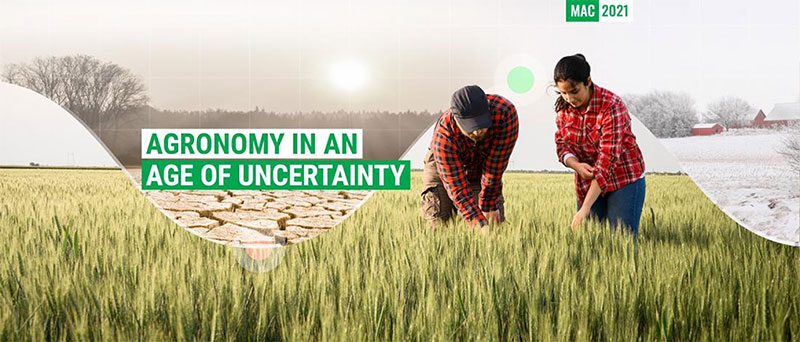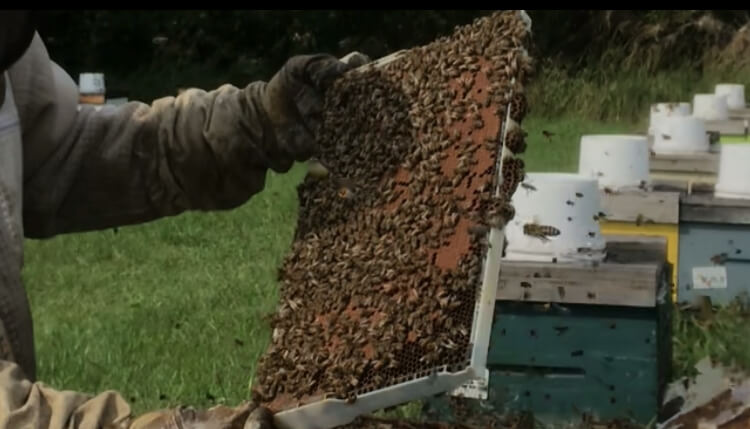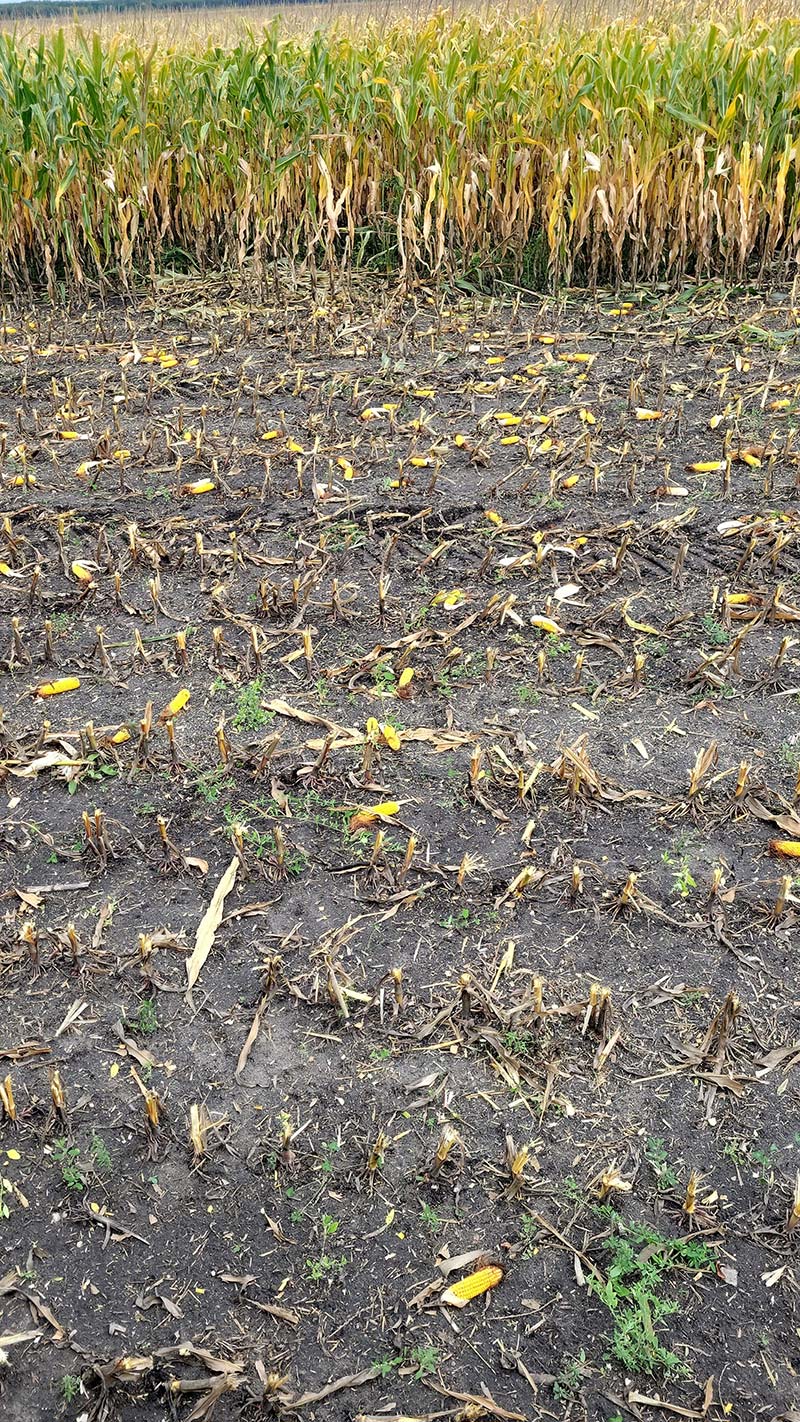Raju Soolanayakanahally, Research Scientist, Agriculture and Agri-Food Canada

Follow @raju_aafc on Twitter!
Based in Saskatoon, Raju Soolanayakanahally, Ph.D., is a Research Scientist with Agriculture and Agri-Food Canada (AAFC). Raju completed both his B.Sc. in Agriculture and M.Sc. in Crop Physiology at the University of Agricultural Sciences in Bengaluru, India. He then moved to Canada and earned his Ph.D. in Forest Sciences from the University of British Columbia (UBC). He has been working with AAFC since 2011.
Where did you work before AAFC?
I grew up in India and moved to Canada in 2005. Prior to working with AAFC, I completed my Ph.D. at UBC in Forest Sciences. During my Ph.D., I attempted to better understand adaptation to north-temperate and boreal environments in an extensive range-wide collection of balsam poplar using phenology, ecophysiology and genetic polymorphisms. After my Ph.D., I was initially hired at Indian Head, where my research focused on the development and evaluation of new poplar and willow feedstocks for bioenergy opportunities, carbon sequestration and for environmental services for use in agroforestry. Later, I relocated to Saskatoon in early 2016.
What got you interested in this area of work?
I come from a farming background. My father and mother ran our family farm back in India, and I spent my childhood with chickens running around the yard, fresh fruits and vegetables just around the corner, and fresh milk everyday. Agriculture was my upbringing and that led me to pursue a B.Sc. in agriculture. I was the first one in my family to pursue agriculture as a career.
Tell us a bit about the Adapting wheat to arid environments: mining Canadian germplasm for reduced night-time water loss and improved water productivity project you’re working on.
Water use by crops isn’t a big concern if rainfall is abundant in the growing season. But with the growing concerns of climate change and following a year like 2021 where growing season precipitation was lower than average, improving “water productivity” is a focus for the Adapting wheat to arid environments: mining Canadian germplasm for reduced night-time water loss and improved water productivity project. This project was funded in collaboration last year by Manitoba Crop Alliance, Alberta Wheat Commission, Sask Wheat Development Commission and Western Grains Research Foundation, and the purpose of this research is to look at how we can minimize unproductive water loss at nighttime in Canada Western Red Spring (CWRS) wheat.
During daytime, plants fix carbon dioxide (CO2) at the expense of water loss to the atmosphere through tiny pores (stomata) on leaf surfaces. Generally, this is defined as productive water use. However, plants also lose water at night, but in the absence of sunlight, they can’t fix CO2, so they end up losing water without producing biomass. We define this as unproductive water use.
When we look at how many millions of hectares of wheat is produced in Canada, if every plant starts to save 50 millimetres of water at nighttime, we are talking millions of litres of water becoming available during the daytime. For example, if there are 20 days with no precipitation or rainfall, due to savings of this nighttime water the plant can now extend itself for an additional five or six days without getting to terminal stress from drought.
Through this project we are investigating a heritage bread wheat panel (1842-2018) to look at the direction of trait selection over time. We’ve chosen the most popular varieties coming out of CWRS breeding programs in Swift Current (semi-arid climate) and Brandon (cool, moist climate). We want to understand how the varieties bred in two different ecozones have been selected for nighttime water-saver traits. If there are lines with low nighttime water losses, we use them in our breeding program to rapidly adapt our wheat plants for climate change.
The other aspect we are investigating is waxiness on the wheat leaves. When the sun intensity falls on the leaf surface, the wax layer deflects the light, and if there is no wax layer the leaf gets stressed rapidly, thus affecting their photosynthetic carbon gain. In order to keep the canopy cooler, the plant starts to lose water at rapid speed. We are looking at wheat varieties that have optimized wax profiles, so not only will they help with cooling during daytime, but they will also help with non-stomatal water loss by having wax barriers.
What can you say about the value of farmers providing funding and support to your organization?
Coming from India, we don’t have similar mechanisms where farmers contribute research dollars through the checks-offs when they sell their grain. I personally appreciate the funding and support provided by wheat producers in the area of stress physiology. It is an excellent, strategic investment. In my role as a plant physiologist, I work closely with wheat breeders to identify wheat lines with climate-resilience traits (heat tolerance, drought tolerance, etc.), allowing breeders to make them available to producers on an ongoing basis.
How does that farmer funding and support directly benefit farmers?
Wheat breeders are at the forefront of adapting wheat genetics to future climates and as a plant physiologist, I am actively involved in screening wheat lines that impart yield-stability traits. Climate-adapted, superior genetic material may then be used as a donor for introgression in order to improve breeder-defined elite wheat germplasm. Consequently, farmers have access to new climate-resilient wheat genetics for adopting to future climates.
How do you spend your time outside of work?
I enjoy walking around Saskatoon’s neighbourhoods and observing trees, especially when the leaves come out in spring and change color in the autumn. Events such as these reflect changes in the climate and adjustments by city trees.
What is the best piece of advice you’ve received?
In the early days at AAFC, I was full of great ideas but my mentor said “You need to learn to observe and listen, and then you will realize the problems that need solving.” To put it another way, get out of your lab, walk around, observe, then bring the problems back to the lab.
What is your favourite crop?
From a Canadian perspective, canola and wheat are my two favorite crops. Each of them is very resilient in its own way. But poplars are a lot of fun to work with, and I am passionate about them!
Follow @raju_aafc on Twitter!




















